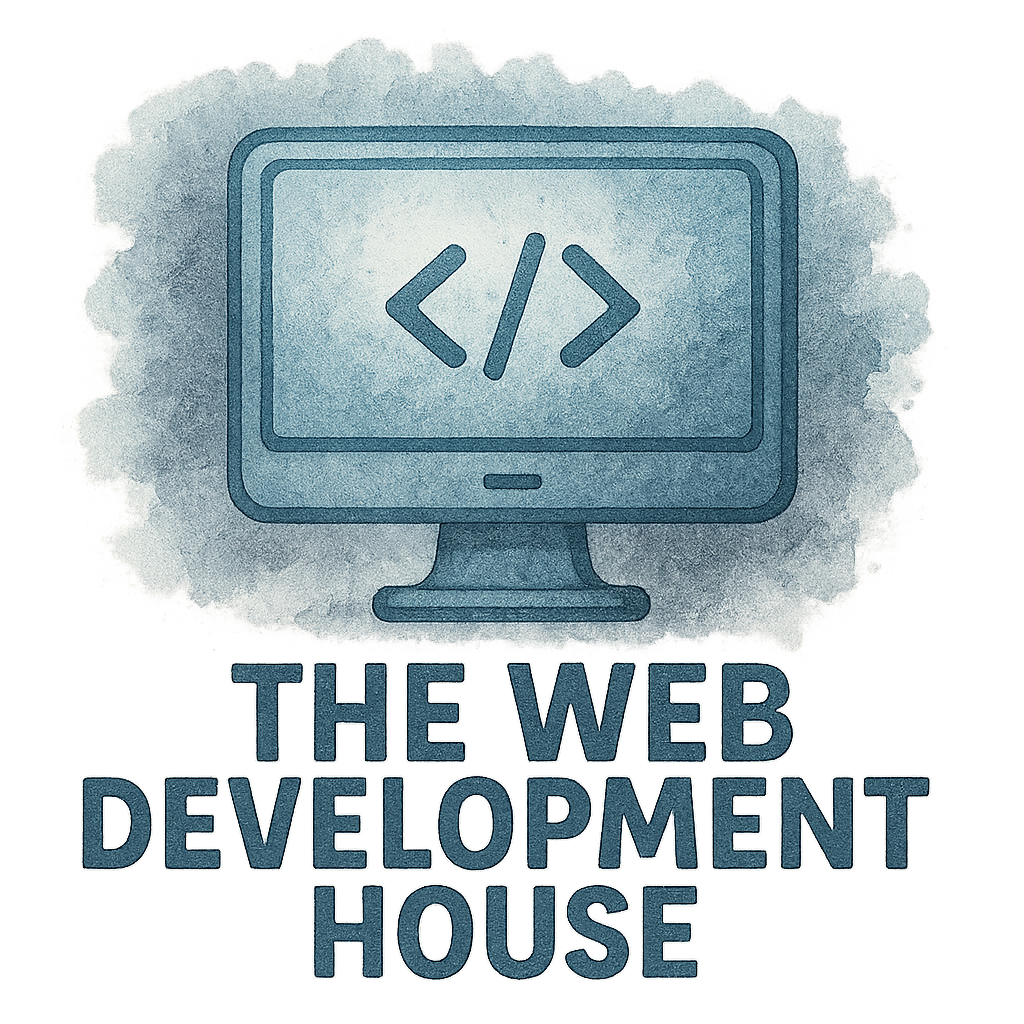Introduction
Ever notice how the apps on your phone seem to be getting smarter, faster, and downright cooler with each update? That’s no accident. It’s the result of mobile app development houses staying ahead of the curve. If you run a dev house—or plan to hire one—knowing what trends are shaping the future can make or break your next app project.
Let’s dive into the 6 mobile app trends development houses are embracing to stay relevant and revolutionary in today’s competitive landscape.
Why Mobile App Trends Matter for Development Houses
The Shift in User Expectations
Gone are the days when a functional app was enough. Users now expect intuitive design, lightning speed, and personalized experiences. Development houses need to be in tune with these expectations or risk being left behind.
Competitive Edge in the Market
Keeping up with the latest app trends gives development houses a serious edge. It helps them attract bigger clients, win more contracts, and produce apps that don’t just work—they wow.
Trend #1: AI and Machine Learning Integration
Smarter, Personalized Experiences
Development houses are integrating AI and machine learning to build apps that learn from user behavior. Think Netflix knowing exactly what show to recommend or Duolingo adjusting difficulty levels based on your progress.
Real-Time Data Processing
Apps can now analyze user data instantly. That means real-time recommendations, personalized content, and lightning-fast feedback loops—all thanks to smart algorithms baked right into the mobile experience.
Trend #2: Cross-Platform Development Frameworks
Why Flutter and React Native Are Gaining Ground
Building native apps for both iOS and Android used to double the work—and the cost. Today’s dev houses use frameworks like Flutter and React Native to develop high-performance apps from a single codebase.
This trend is reshaping how mobile development is approached across the industry.
Development House Efficiency
Cross-platform tools save time and resources. That means faster delivery for clients and easier maintenance down the line. More efficiency = more profit. Simple math.
Trend #3: Focus on UI/UX Design Excellence
Seamless Navigation is Non-Negotiable
First impressions matter—especially in apps. Users expect elegant layouts and intuitive navigation. If your app isn’t user-friendly, it’s getting uninstalled. Fast.
Development houses are investing heavily in exceptional UI/UX design, treating it as a top priority rather than an afterthought.
Microinteractions and Motion Design
Subtle animations, tactile feedback, and microinteractions bring apps to life. It’s like giving your app personality—a handshake rather than a cold robot.
Resource: UI/UX Design Best Practices

Trend #4: Voice-Enabled Interfaces
From Taps to Talk: A Natural Evolution
Voice tech isn’t just for smart homes. It’s creeping into mobile apps, too. Development houses are embracing voice-activated commands and conversational AI to make apps more natural to use.
Impact on Accessibility and Convenience
Voice interfaces make apps more inclusive. Users with visual impairments or physical disabilities can interact more freely, making this trend not just cool—but crucial.
Trend #5: Enhanced Mobile App Security Features
Built-In Threat Detection
Cybersecurity isn’t optional anymore. Dev houses are building apps with native threat detection tools that scan for malware and detect suspicious activity in real time.
User Privacy as a Selling Point
Consumers are savvier about privacy. Apps that prioritize user data protection (think two-factor authentication and encrypted storage) are winning trust—and downloads.
Explore more on security best practices development houses follow.
Trend #6: 5G-Optimized App Development
Speed, Streaming, and Seamless UX
With 5G rollout expanding, dev houses are creating apps that leverage ultra-fast speeds. This means richer media experiences, faster downloads, and smoother real-time interactions.
Innovations That 5G Makes Possible
Think AR shopping apps that overlay virtual products in your living room. Or multiplayer games with zero lag. These innovations are made possible by 5G-optimized app development.
Want to learn how modern development houses are utilizing 5G? Dive deeper into our insights.
How Development Houses Are Implementing These Trends
Agile Project Management Methodologies
Dev houses are ditching rigid workflows in favor of agile development. Sprints, standups, and continuous integration are the new norm.
Resource: Project Management Strategies
Collaborative Company Culture
Innovation thrives in strong teams. The most successful development houses emphasize shared core values and open communication to fuel creativity and productivity.
Resource: Company Culture at Dev Houses
Benefits for Startups and Enterprises
Faster Time to Market
Trendy dev houses help startups launch MVPs quickly. This is crucial for testing ideas before scaling.
Explore our hub for startup-friendly solutions.
Long-Term Scalability and Maintenance
Modern trends make apps easier to update and scale—perfect for enterprise-level growth.
For more on smart scaling strategies, check our web development insights.
Conclusion
The mobile app industry is changing fast—and development houses that embrace these six trends are building the future, one app at a time. From AI to 5G, from intuitive design to unbeatable security, these trends aren’t just buzzwords. They’re the backbone of successful apps in 2025 and beyond.
Looking to collaborate with a dev house that’s ahead of the curve? Check out what we’re building at The WD House—where innovation meets action.
FAQs
1. What are the top mobile app trends right now?
AI integration, cross-platform development, UI/UX innovation, voice interfaces, mobile security, and 5G optimization are leading the way.
2. Why is UI/UX design so important for mobile apps?
It defines the user experience. A sleek design means happier users and better retention.
3. How does AI improve mobile apps?
AI personalizes content, boosts interactivity, and enables smarter automation—all in real time.
4. What’s the benefit of using Flutter or React Native?
They save time and money by enabling cross-platform development from a single codebase.
5. Are voice-enabled apps accessible?
Absolutely. They’re a game-changer for users with disabilities and offer hands-free convenience for everyone.
6. How do development houses ensure app security?
By integrating encryption, real-time threat detection, and secure authentication protocols from the start.
7. What’s special about 5G-optimized mobile apps?
They support advanced features like AR, real-time gaming, and seamless video streaming—all at lightning speed.

